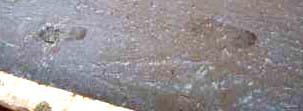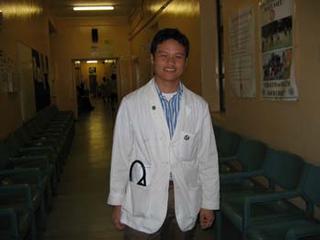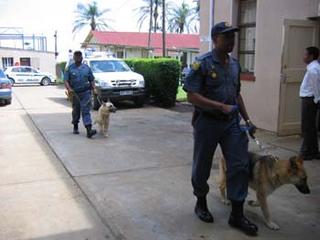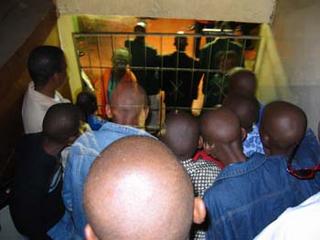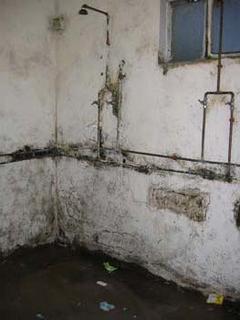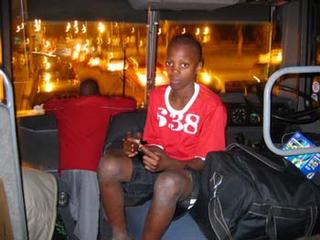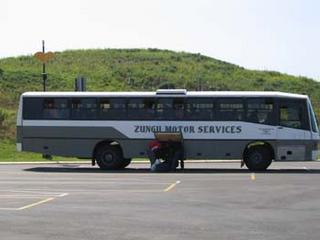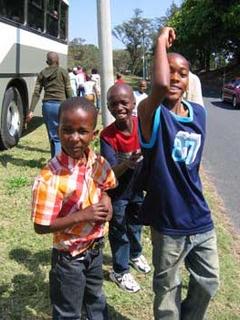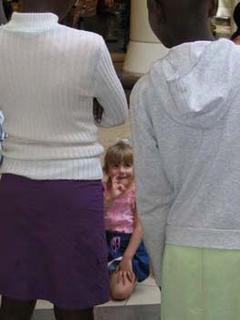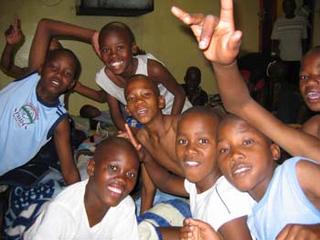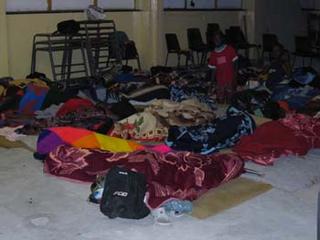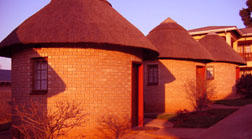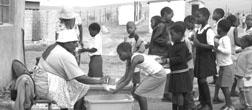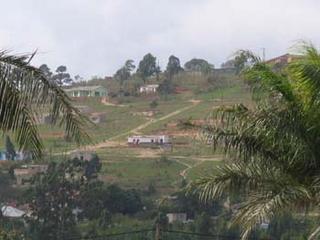 Abundant sunshine and intermittent rain has marked the end of my last week in rural Nongoma South Africa and the beginning of summer, turning the mountainous landscape into a green haven. From the Saint Benedictine Hospital soap opera to the cheering children of Ngxongwane Primary School, I accumulated a lifetime of stories in a two month period. I have seen atypical cases like Marfans and diabetes insipidus to the ubiquitous HIV/AIDS and TB. Sometimes the faucet spits out brownish water and sometimes the electricity is stubbornly nonexistent. Yet the people of Nongoma continue to share their kindness and culture with me, treating me like a wifeless and cow-less King. The memories of Nongoma will forever sit in my conscious and seep into my subconscious when I begin practicing medicine. I hope to come back some day.
Abundant sunshine and intermittent rain has marked the end of my last week in rural Nongoma South Africa and the beginning of summer, turning the mountainous landscape into a green haven. From the Saint Benedictine Hospital soap opera to the cheering children of Ngxongwane Primary School, I accumulated a lifetime of stories in a two month period. I have seen atypical cases like Marfans and diabetes insipidus to the ubiquitous HIV/AIDS and TB. Sometimes the faucet spits out brownish water and sometimes the electricity is stubbornly nonexistent. Yet the people of Nongoma continue to share their kindness and culture with me, treating me like a wifeless and cow-less King. The memories of Nongoma will forever sit in my conscious and seep into my subconscious when I begin practicing medicine. I hope to come back some day.This is not a farewell. This is the auspicious beginning. This is window into my future and Dr. Hla Tun gently introduced me to the future of unsettling tragedies and brilliance. As a former UN volunteer, he allowed me ask inane questions, observe the ridiculous, and celebrate laughter. Like Benedictine Hospital, I have been fortuitously blessed to cross his generous path in the midst of Nongoma chaos. The staff huddles around him, knowing he will inevitably lessen the
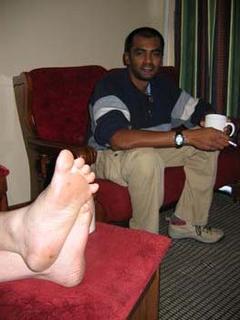 disaster with his kindness, diligence, and intelligence.
disaster with his kindness, diligence, and intelligence.In my Minnesota life, I have had few Asian role models (other than my parents and Dr. John Song) with similar backgrounds and characteristics. Of course, Dr. Hla Tun is more than just an Asian role model; he is the epitome of a good physician, a guiding light for young physicians wanting to be global citizen. Or more accurately, a good physician is the epitome of Dr. Hla Tun. Even though Dr. Hla Tun likes Felicity and Seventh Heaven, he makes me proud and joyful to become a physician in my sometimes cynical world. He has left me forever changed.
Moreover he has already left Nongoma forever changed. Yet it still sits unknown to the world and to much of South Africa. It is only notorious for violence and turmoil. On the other hand, Nongoma does not have a fix image of violence, HIV/AIDS, or poverty. Good or bad, it is fast forwarding itself into the 21st century. I won’t dare try to encapsulate the nuances of this rural district in a small blog comment. However I do know that I am fortunate to learn ~6 Zulu words (particularly one click sound), laugh at our cultural differences, and eat fried chicken until the rooster cock-a-doodle-doos again.
As a medical, nursing, public health, social work, corporate volunteer, etc, you naturally aide the people with your knowledge and skills, but just as importantly, the experience provides an investment in your own personal growth. Textbooks can fill your brain with factoids and desensitize you about the tragedy of HIV/AIDS, but it can never reach your heart. As a volunteer, the people of Nongoma will reach your heart and then ask for more. Besides, you can’t help but give them more b
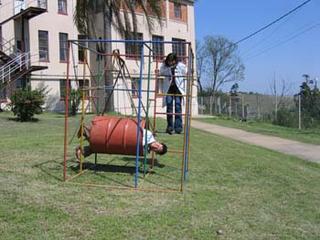 ecause they are part of our global world. However, like any experience, you must actively participate. You must strive to break your own boundaries and share greasy plastic cups with 80 kids.
ecause they are part of our global world. However, like any experience, you must actively participate. You must strive to break your own boundaries and share greasy plastic cups with 80 kids.You must also be aware to expect challenges, loneliness, and frustrations. People might be late (or they never show up); people might lie and steal; people might not help you; and people might be negligent. But always remember that is the minority of Nongoma; let the majority lift you up and those challenges, loneliness, and frustrations will become stepping stones to success. Otherwise just hang out with Dr. Hla Tun’s five star flat and you’ll succeed too.
So I invite the world to see Nongoma in its madness, sadness, and joyfulness. Take a year off from school, fly into Durban and hop on a short ride with Jabu to Nongoma and you’ll find yourself bathing in relaxation. Just don’t open your eyes because anarchy is usually lurking in the bushes.
Now it’s time to kick it in Joburg and Capetown.
